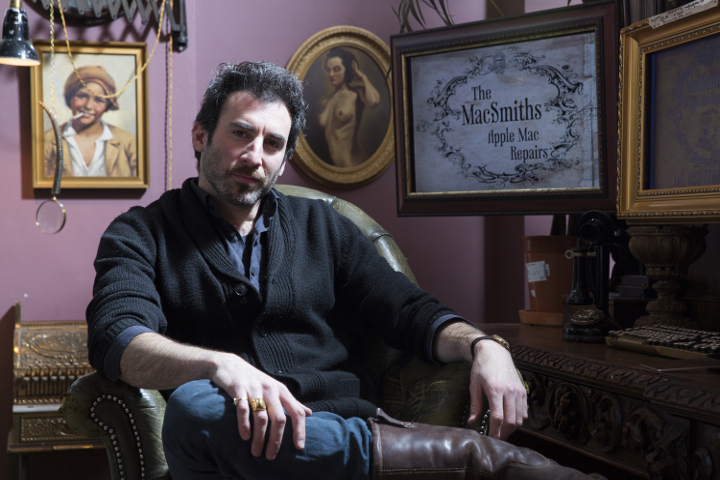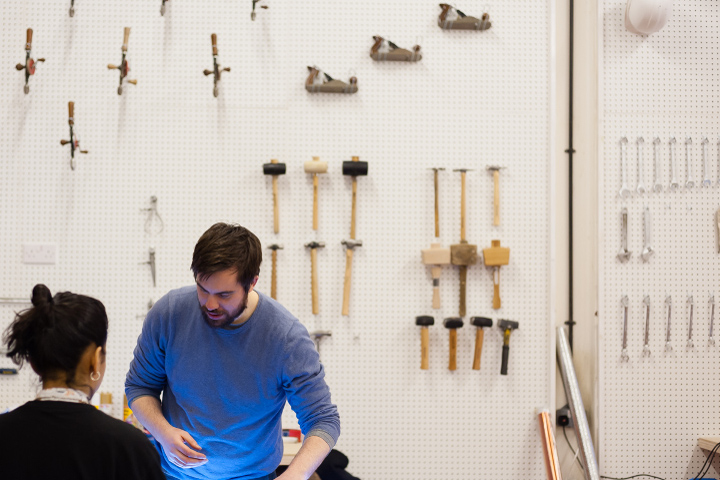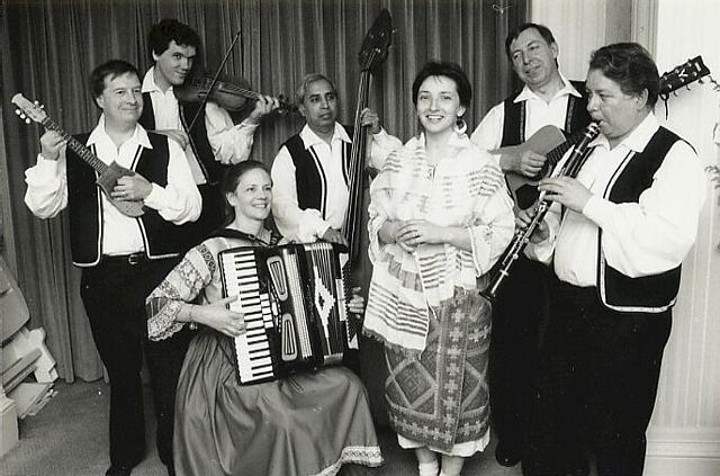
Oli Bayston may be among those musicians with a ‘2014 one to watch’ tag, but the East London-based producer known as Boxed In is no newcomer to the music game.
After a seven-year stint in a Manchester-based band, he moved to London in 2011 and began earning his production spurs with producer Dan Carey. His early solo tracks betray Hot Chip and electronic dance music influences, but judging by his recent output Bayston may finally have found his niche.
“I’m really excited about this year”, he enthuses. “It felt like 2013 was a preparatory year. The plan is to release the next Boxed In single in March, with the album release in June. Then festivals, then the USA!”
With his debut single ‘All Your Love Is Gone’ released and his following growing, Boxed In is now all about developing a more mature sound. “I’d like to think you could clean the house to it too,” he adds.
Being signed to Moshi Moshi, one of the most influential indie labels around, hasn’t fazed him or hindered his creativity. “They’ve been very open and welcoming of the music I’ve made and recorded,” he says. “They’ve never got in the way of my stylistic choices, but have always offered great advice.”
This is evident from his first official release with Moshi Moshi Singles Club back in November. ‘All Your Love Is Gone’ starts off as a mesmerising, post-indie jaunt and confidently grows into a rich, brazen epic with nods to 70s punk with Oli’s sparse yet breezy vocals taking centre stage.
Working from his Hackney-based studio, it seems the progression of Boxed In has been largely due to learning more about the music technology. “The transition I’ve made in the last three years has been the most fruitful,” he says. “I stopped reading music and started writing for myself. Making music from a production perspective has helped me define my sound. I now feel confident in my own developed style instead of just relying on my influences.”
East London has definitely become the hub for interesting new musicians to develop their repertoires. The prospect of finding a decent base to work elsewhere wasn’t an option. “I think it initially attracted artists because accommodation was cheap”, says Bayston. “Young musicians tend to push the boundaries more readily, and they also tend to be the most skint!”
With so many musicians living in East London, you’re never stuck for a good night out. For Bayston, the idea is to make music that complements the end of a night out when “there’s still the remnant of the night’s beating pulse”.
Although he has finally found a style that he is happy with, his roots remain the same. Ask him what he would choose out of all the instruments in the world, and he would simply answer: “My piano.”








